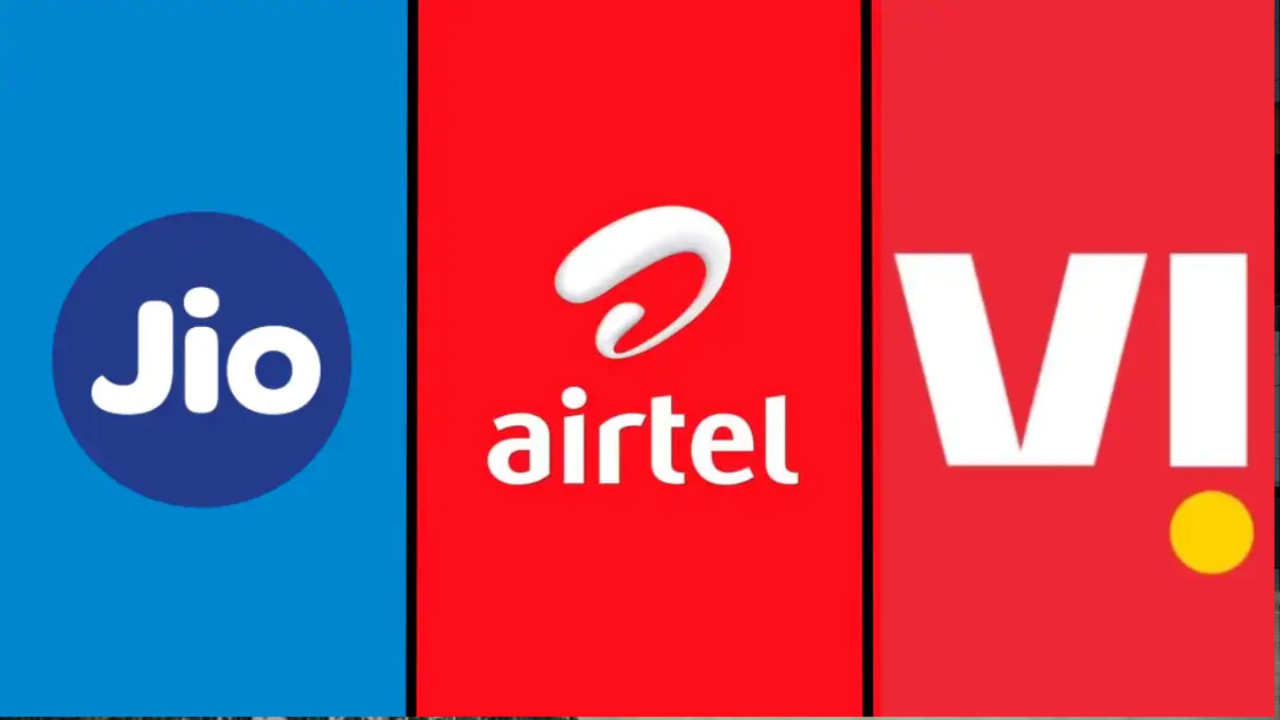In May, India’s telecom sector saw a slight increase, reaching 120.7 crore subscribers, with Reliance Jio and Bharti Airtel capturing almost all new additions. Jio led with 27 lakh new mobile users, while Airtel added 2.75 lakh, offsetting losses from Vodafone Idea and BSNL. The broadband user base also grew, dominated by Jio and Airtel.
The Telecom Tango: Jio and Airtel Lead, While Others Step Back
The Indian telecom landscape is a dynamic dance, a constant push and pull between providers vying for the attention (and wallets) of a massive subscriber base. The latest figures released by the Telecom Regulatory Authority of India (TRAI) paint a fascinating picture of this ongoing competition, revealing who’s leading the choreography and who’s momentarily offbeat.
May 2024 saw a clear trend emerge: Reliance Jio and Bharti Airtel continue to dominate the field, collectively capturing a staggering 99.8% of new telecom subscribers. This near-monopoly on growth underscores their strategic prowess and the effectiveness of their service offerings. But what’s driving this remarkable surge, and what does it mean for the future of connectivity in India?
Jio and Airtel’s Subscriber Acquisition Strategy
Both Jio and Airtel have been aggressively pursuing subscriber acquisition through a multifaceted approach. Affordable data plans remain a cornerstone, recognizing the data-hungry nature of the modern Indian consumer. The increasing reliance on streaming services, online education, and digital transactions fuels the demand for reliable and cost-effective internet access.
Beyond affordability, both companies are investing heavily in network infrastructure.  Expanding 4G coverage and laying the groundwork for 5G are crucial for attracting and retaining subscribers who demand seamless connectivity, especially in densely populated urban areas. Airtel, in particular, has been vocal about its commitment to superior network performance.
Expanding 4G coverage and laying the groundwork for 5G are crucial for attracting and retaining subscribers who demand seamless connectivity, especially in densely populated urban areas. Airtel, in particular, has been vocal about its commitment to superior network performance.
Moreover, both companies are bundling services to enhance customer value. Jio offers a suite of digital applications, including JioTV, JioCinema, and JioSaavn, providing entertainment and convenience. Airtel offers similar bundled benefits, solidifying customer loyalty by going beyond simple connectivity. These strategies resonate strongly with a generation accustomed to integrated digital experiences.
Vodafone Idea and BSNL Face Headwinds
While Jio and Airtel are celebrating their gains, Vodafone Idea (Vi) and Bharat Sanchar Nigam Limited (BSNL) are facing significant challenges. Both companies experienced subscriber losses during May, further eroding their market share. Vi’s struggles, in particular, are well-documented. The company has been grappling with financial difficulties, hindering its ability to invest in network upgrades and compete effectively with its rivals.
BSNL, the state-owned telecom operator, also faces its own set of obstacles. Legacy infrastructure and bureaucratic hurdles have hampered its ability to innovate and adapt to the rapidly changing market. Although the government has been actively working to revitalize BSNL, the process has been slow, and the operator continues to lose ground to private players. These struggles leave many subscribers wondering about network reliability and future technology enhancements.
The Impact on India’s Digital Landscape
The dominance of Jio and Airtel has far-reaching implications for India’s digital landscape. Their investments in network infrastructure are driving the expansion of internet access, particularly in rural areas. This digital inclusion is crucial for bridging the digital divide and empowering citizens with access to information, education, and economic opportunities.
However, the concentration of market share also raises concerns about competition. A duopoly could potentially lead to higher prices and reduced innovation in the long run. Regulators will need to closely monitor the market to ensure that the benefits of competition are preserved and that consumers are not disadvantaged.
The rise of these two giants also influences the startup ecosystem. Access to high-speed, reliable internet is crucial for tech startups to thrive, and the infrastructure investments of Jio and Airtel are certainly beneficial. However, smaller telecom players might find it challenging to compete, potentially limiting innovation and diversity in the market.
The Road Ahead for Indian Telecom
The telecom sector in India is poised for continued growth, fueled by increasing smartphone penetration and the rising demand for data. The rollout of 5G technology will usher in a new era of connectivity, enabling innovative applications and services across various industries.
A crucial area to watch is the development of rural connectivity. Expanding internet access to underserved areas remains a priority, and the government is actively promoting initiatives to bridge the digital divide. We might also see increased collaboration between telecom operators and technology companies to develop innovative solutions for rural connectivity. For example, affordable devices with customized content can help with adoption.
The coming months will be critical for Vodafone Idea and BSNL as they seek to regain their footing in the market. Vi’s ability to secure funding and implement its turnaround plan will be crucial. BSNL will need to accelerate its modernization efforts and leverage its existing infrastructure to offer competitive services. They could find a niche through providing cost-effective connectivity solutions.
The telecom dance is far from over, and the steps will continue to evolve as technology advances and consumer demands shift. But one thing remains clear: Jio subscribers and Airtel are currently leading the way, shaping the future of connectivity in India. This impacts not just communication but education, finance, and other crucial sectors. It’s a space everyone should keep an eye on.
Want to learn more about mobile network technology? Check out our article on [the future of 5G in India](internal-link).
Conclusion:
The Indian telecom sector remains a dynamic battleground, with Jio and Airtel currently holding a distinct advantage in subscriber acquisition. While their dominance fuels digital inclusion and drives infrastructure development, the struggles of Vodafone Idea and BSNL raise concerns about long-term competition. Future regulatory measures and strategic adaptations by all players will determine the shape of the Indian telecom landscape in the years to come.







